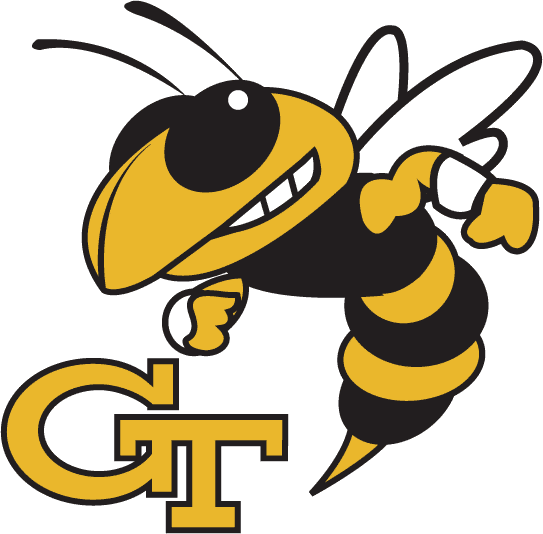Spacecraft-Mounted Robotics
As of 2014, the space servicing market has a potential revenue of $3-$5B per year due to the ever-present interest to upkeep existing orbiting infrastructure. In space servicing, there is a delicate balance between system complexity and servicer capability. Basic module-exchange servicers decrease the complexity of the servicing spacecraft, but is likely to require a more complex architecture of the serviced satellite (the host) in terms of electrical and mechanical connections.
With increasing dexterity of the servicing satellite, host satellites can remain closer to flight-proven heritage architectures, which is a practice commonly adopted to increase reliability of space missions. This increased dexterity is provided through the on-orbit exchange of end-effector tools appended to a robotic arm. The dynamic coupling between such an arm and the satellite base has been the subject of intense academic scrutiny and its understanding is essential to the success of robotic servicing missions.
Dual quaternions have recently risen to prominence in the realm of spacecraft pose control, with results that ensure simple implementation of powerful pose-tracking control laws. These encouraging results prompted the study of the kinematics and dynamics of spacecraft-mounted robotic manipulators within the dual algebra formalism. The developed dynamics framework has been generalized to a rooted-tree topology spacecraft with arbitrary number of arms and for five different types of joints: revolute, prismatic, spherical, cylindrical, and Cartesian. As an application of the model, control of a robotic end-effector was demonstrated using the Differential Dynamic Programming framework for a given spacecraft-manipulator architecture.
While the research above focused on using the Differential Dynamic Programming framework to minimize control effort at the satellite base, other research avenues focused on using coordinated control. In other words, pre-defined end-effector reference motions are fed into an inverse kinematic solver that yields joint angle trajectories as a function of time. While the joints perform the tracking, the recursive Newton-Euler algorithm is used to compute reaction forces and torques applied on the base by the arm using a feedforward control scheme. The control forces and torques on the satellite base are applied by thrusters and control moment gyroscopes. This research was performed in collaboration with Dr. Andrea Antonello, from the University of Padua, Italy.
Circular Maneuver Tracking
Helicoidal Maneuver Tracking
Pose Stabilization Maneuver
Sponsors
This research is supported by NSF and JPL.
Selected Publications
- Valverde, A., and Tsiotras, P., "Modeling of Spacecraft-Mounted Robot Dynamics and Control Using Dual Quaternions,'" American Control Conference, Milwaukee, WI, June 27--29, 2018, pp. 670–675, doi: 10.23919/ACC.2018.8431054.
-
Valverde, A., and Tsiotras, P., "Spacecraft
Trajectory Tracking with Identification of Mass Properties Using Dual
Quaternions,'' AIAA Guidance, Navigation, and Control Conference,
Kissimmee, FL, Jan. 8--12, 2018, doi: 10.2514/6.2018-1576

-
Dor, M., and Tsiotras, P., "ORB-SLAM Applied to
Spacecraft Non-Cooperative Rendezvous,'' AAS Spaceflight
Mechanics Conference, Kissimmee, FL, Jan. 8--12, 2018, doi: 10.2514/6.2018-1963

- Valverde, A., and Tsiotras, P., "Relative Pose Stabilization using Backstepping Control with Dual Quaternions,'' AAS Spaceflight Mechanics Conference, Kissimmee, FL, Jan.~8--12, 2018, doi: 10.2514/6.2018-1980
- Antonello, A., Valverde, A., and Tsiotras, P., "Free-flying Spacecraft-mounted Manipulators: A Tool for Simulating Dynamics and Control," AIAA Guidance, Navigation, and Control Conference, San Diego, CA, Jan. 7–11, 2019. doi: 10.2514/6.2019-1912
- Valverde, A., and Tsiotras, P.,
"Spacecraft Robot Kinematics Using Dual Quaternions,” Robotics, Vol. 7, 64, 2018, doi:10.3390/robotics7040064109

- Valverde, A., and Tsiotras, P., “Dual Quaternion Framework for Spacecraft-Mounted Multi-body Robotic Systems,” Frontiers in Robotics and AI: Space Robotics, (accepted October 2018). doi:10.3389/frobt.2018.00128

-
Antonello, A., Valverde, A., and Tsiotras, P., "Dynamics, Control, and Trajectory Tracking of Spacecraft Manipulators with Thrusters and Momentum Exchange Devices," AIAA Journal of Guidance, Control, and Dynamics,
Vol. 42, No.1, pp. 15-29, 2019, doi:
10.2514/1.G003601


